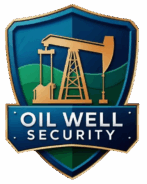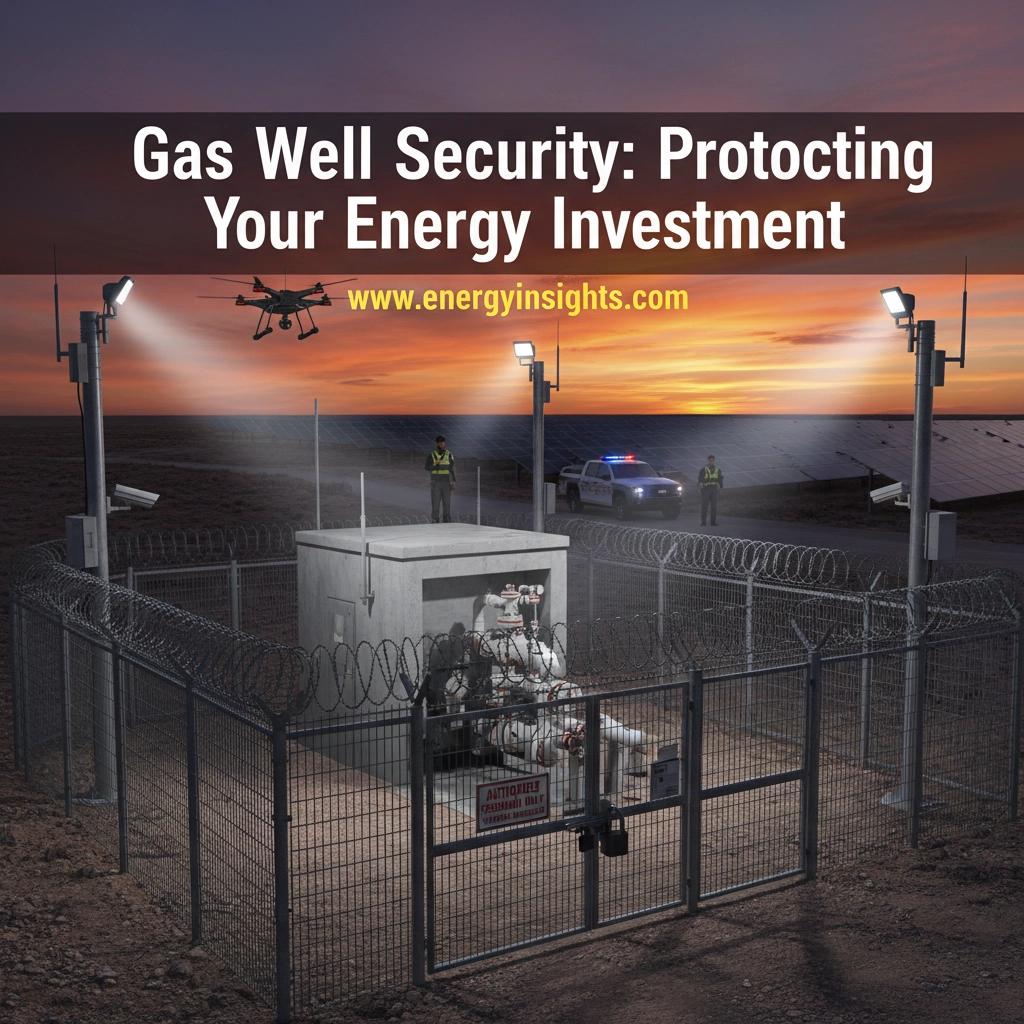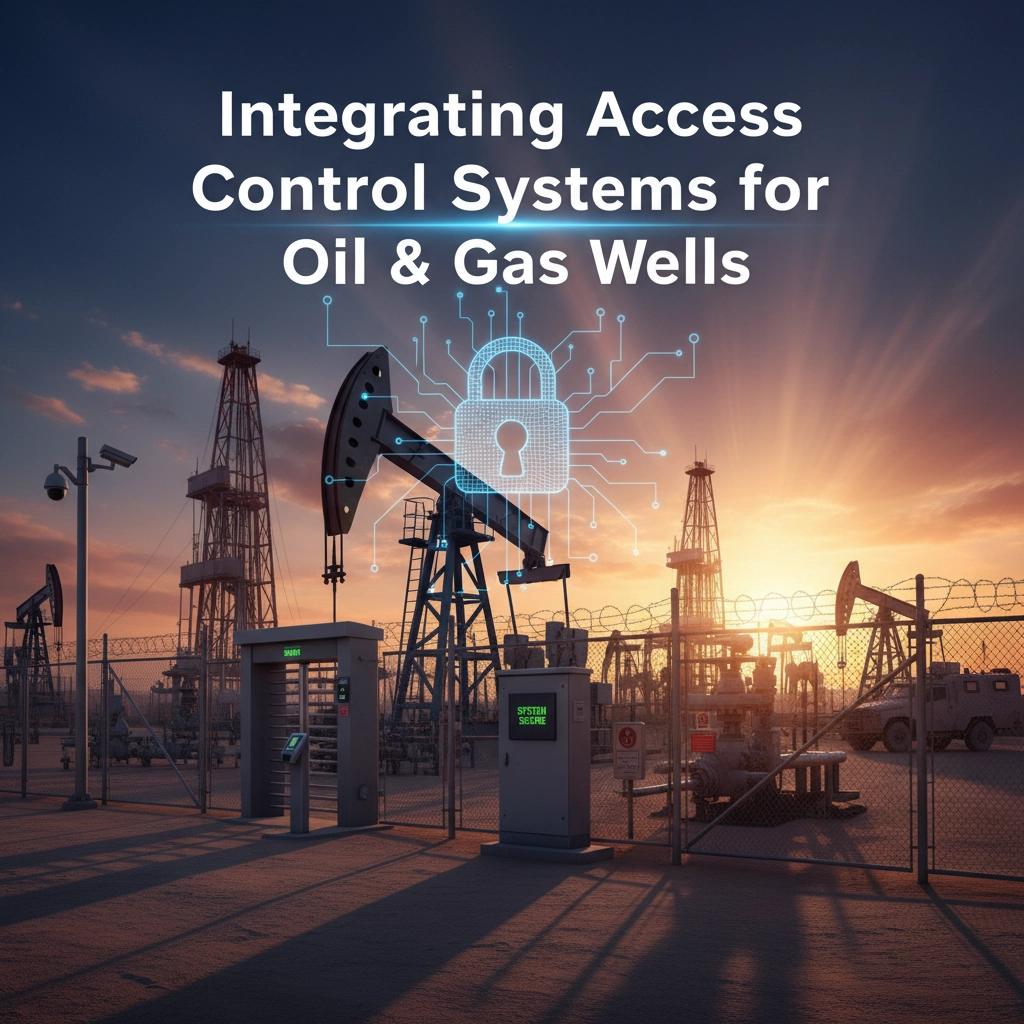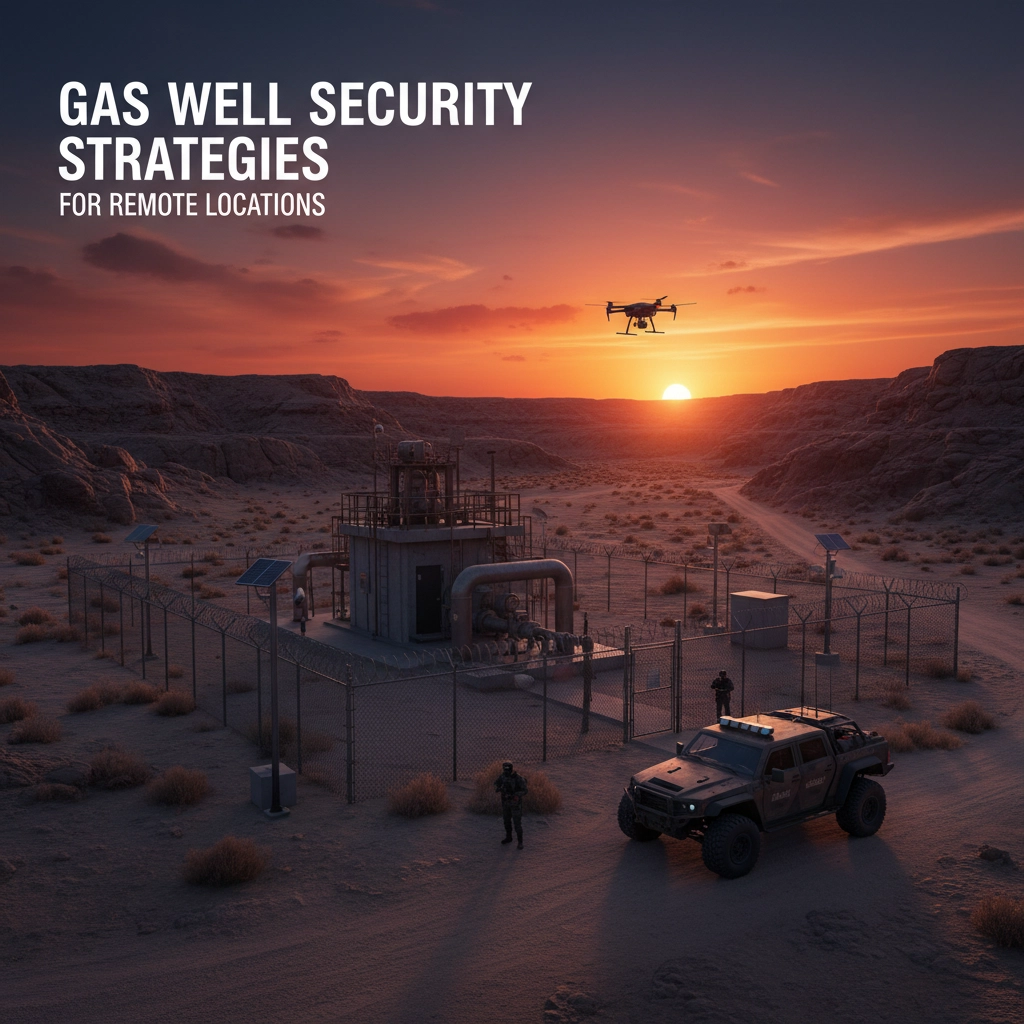85% of gas well security incidents happen within 100 yards of the wellhead , here's how to protect your investment.
Your gas well represents more than just an energy asset. It's a critical investment that demands comprehensive protection from threats ranging from vandalism and theft to cyber attacks and operational sabotage. Yet most energy companies approach security with outdated strategies that leave their most valuable assets vulnerable.
If you're serious about protecting your gas well operations, you need to understand that modern threats require modern solutions. Here's your complete guide to implementing security measures that actually work.
Start With Risk Assessment That Actually Matters
You can't protect what you don't understand. Begin your security strategy by conducting a thorough risk assessment that goes beyond surface-level vulnerabilities. Evaluate your physical environment, operational processes, technological systems, and human factors to identify real threats.
Focus on these critical areas during your assessment:
- Geographic vulnerabilities based on your location and surrounding areas
- Historical incident data from your region and similar facilities
- Asset sensitivity levels to determine which areas need the most protection
- Operational dependencies that could create cascading failures if compromised
This assessment determines the likelihood and potential impact of security incidents, allowing you to develop targeted strategies that enhance your overall security resilience. Don't skip this step , it's the foundation everything else builds on.
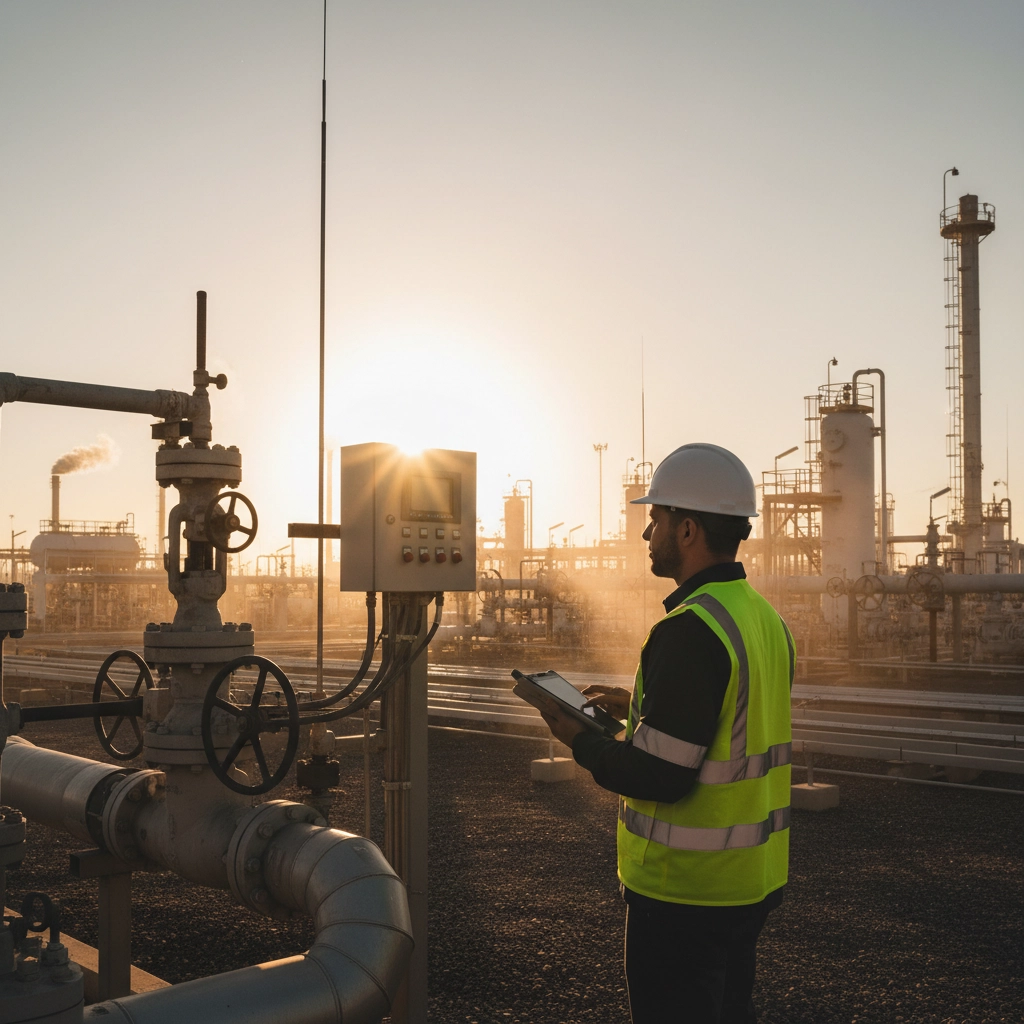
Build Your First Line of Defense
Your perimeter security serves as the critical barrier between threats and your valuable assets. Modern perimeter protection combines multiple elements to create an effective deterrent system that works 24/7.
Install Advanced Detection Systems
Deploy perimeter intrusion detection systems (PIDS) equipped with fiber optic sensors and ground-based radar systems. These technologies provide continuous monitoring of your facility boundaries and can detect unauthorized intrusion attempts immediately. Position cameras and motion sensors strategically to ensure complete coverage of vulnerable areas, especially around storage facilities and critical infrastructure.
Implement Strategic Lighting Solutions
High-intensity LED lighting systems eliminate dark spots where threats can hide. Well-lit perimeters not only deter potential intruders but also improve the effectiveness of your video surveillance systems. Consider motion-activated lighting to conserve energy while maintaining readiness to illuminate suspicious activity.
Create Physical Barriers
Rugged perimeter fencing specifically designed for industrial environments discourages unauthorized access while withstanding harsh weather conditions. Mount cameras at strategic points to provide overlapping views of your perimeter and infrastructure, ensuring no blind spots exist.
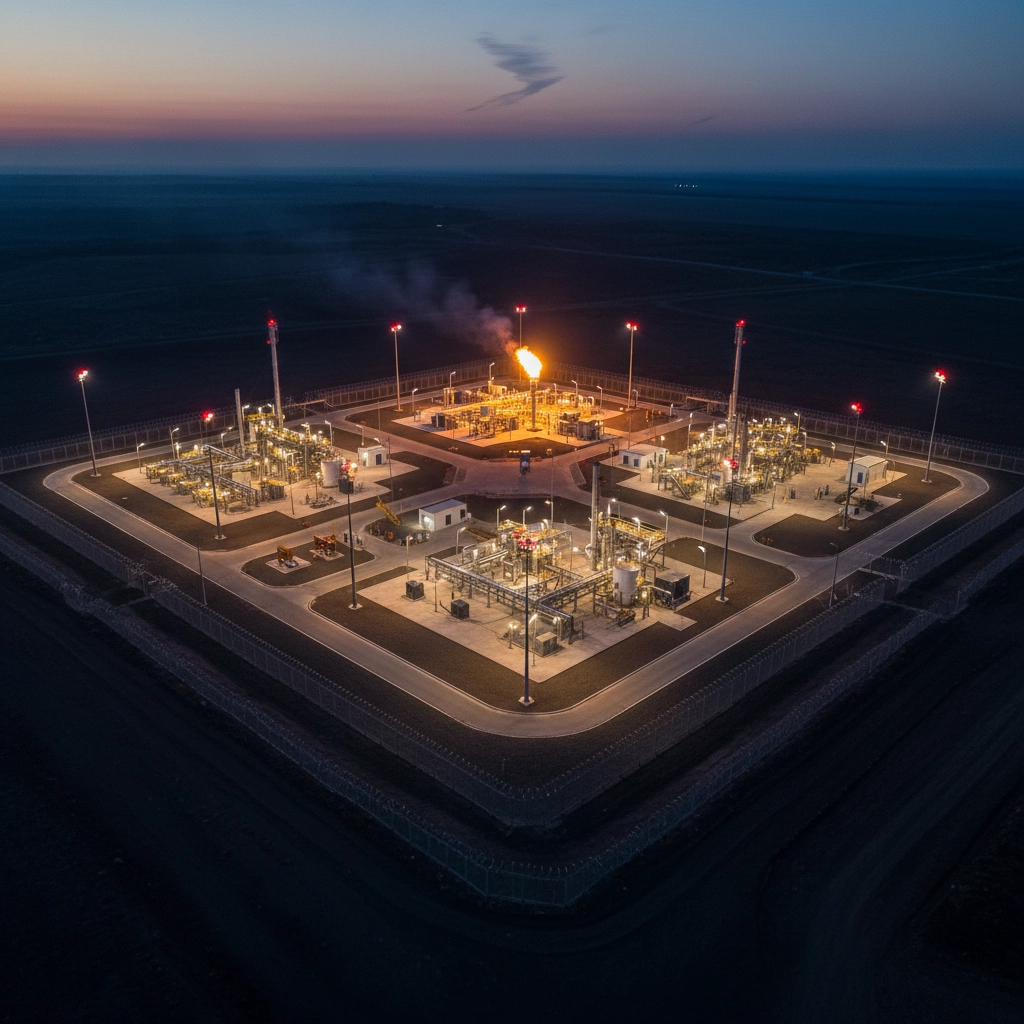
Integrate Your Security Systems for Maximum Protection
Isolated security components create gaps that threats can exploit. Integrate your various security elements , perimeter detection, access control, video surveillance, remote monitoring, and alarm management , into a unified platform that provides comprehensive coverage.
This integration enables real-time monitoring, threat detection, and rapid response capabilities that enhance your overall security posture. You'll aggregate information from multiple sources like video feeds, sensor data, and access logs, giving your security operators a complete understanding of potential threats and vulnerabilities.
Configure Smart Access Control
Implement access control systems that regulate entry to sensitive areas within your gas well facilities. Ensure only authorized personnel have access to critical assets and infrastructure. Integrate access control with video surveillance and alarm management to enhance security measures and enforce compliance protocols more effectively.
Your access control system should include:
- Biometric authentication for high-security areas
- Time-based access permissions that automatically expire
- Audit trails that track all access attempts
- Integration with your broader security management system
Deploy Surveillance Technology That Works
For gas well operations, long-range thermal cameras featuring panoramic scanning and automatic intruder detection provide superior coverage. These cameras scan your perimeter continuously, ensuring no gaps in surveillance while alerting security personnel to threats instantly.
Choose cameras manufactured from durable materials suitable for your operational environment. Ensure they integrate seamlessly with your existing security systems using secure networks. Your surveillance system should provide clear imagery in all weather conditions and lighting situations.

Protect Against Cyber Threats
Your gas well operations rely heavily on digital systems for process control and security management, making advanced cybersecurity protocols essential. Cyberattacks on oil and gas infrastructure can result in data theft, financial losses, disruption of critical operations, and physical damage to equipment.
Strengthen Your Network Infrastructure
Implement firewalls and intrusion detection systems to monitor network traffic for suspicious activity. Encrypt all communications to protect sensitive data from theft, and perform regular system updates and patches to address newly discovered vulnerabilities.
Use network segmentation to prevent security breaches from spreading throughout your facility. This approach isolates critical systems and limits the potential damage from successful attacks.
Establish Access Controls for Digital Systems
Ensure only authorized personnel can interact with critical control systems. Implement multi-factor authentication and regular access reviews to maintain security. Conduct regular penetration testing to identify potential vulnerabilities before criminals can exploit them.
Implement Operational Well Control Measures
Gas well security extends beyond external threats to include operational safety measures that prevent accidents and maintain system integrity. Well control risk mitigation should form the foundation of your planning processes, beginning at the design phase.
Design for Safety from the Start
Carefully select your site and assess wellbore pressures and fracture gradient information. Design appropriate casing systems and select adequate pressure control equipment capable of withholding the maximum potential pressure expected in your well, plus a safety factor.
Maintain Ongoing Operational Excellence
Conduct operational monitoring throughout your processes to minimize the risk of over-pressuring zones. Plan and conduct frequent kick drills and mock well control drills during all phases of operations. Ensure your staff receives training to recognize well control issues early, before they become major problems.
Test your pressure control equipment regularly according to manufacturer recommendations, and test to the maximum worst-case internal pressure that could arise in your operations.

Create Emergency Response Procedures
Develop tailored emergency response procedures based on your operational realities. Establish coordination plans with local emergency responders who understand the unique challenges of gas well operations. Your emergency procedures should address various scenarios including security breaches, operational emergencies, and natural disasters.
Train your personnel regularly on these procedures and update them based on lessons learned from drills and actual incidents. Effective emergency response can minimize the impact of security incidents and operational problems when they occur.
Monitor and Maintain Your Security Investment
Your security system requires ongoing attention to remain effective. Establish regular maintenance schedules for all security equipment and conduct periodic security audits to identify areas for improvement.
Stay current with emerging threats and new security technologies that could enhance your protection capabilities. The threat landscape evolves constantly, and your security measures must evolve with it.
Regular System Testing
Test all components of your security system regularly to ensure they function properly when needed. This includes alarm systems, cameras, access controls, and communication systems. Document test results and address any deficiencies immediately.
Your Next Steps
Protecting your gas well investment requires a comprehensive approach that addresses physical security, cybersecurity, operational safety, and emergency preparedness. Start by conducting a thorough risk assessment, then implement integrated security systems that provide complete coverage of your critical assets.
Don't wait until an incident occurs to take action. The cost of implementing comprehensive security measures is minimal compared to the potential losses from security breaches or operational accidents.
For expert guidance on implementing these security measures at your gas well operations, contact Oil Well Security at info@oilwellsecurity.com or call (970) 465-2525. Our team specializes in protecting energy infrastructure and can help you develop a security strategy tailored to your specific needs and operational requirements.
